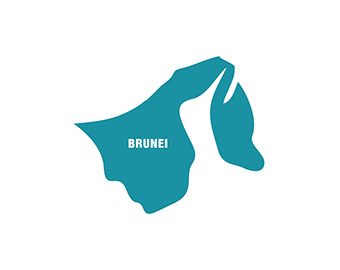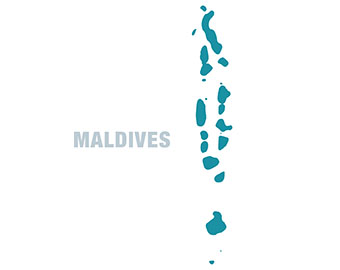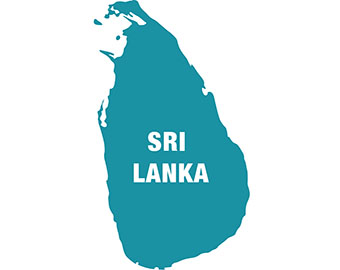FGM/C in Asia
FGM/C in Asia
What is FGM/C?
Female genital mutilation/cutting (FGM/C), also known as ‘female circumcision’, is described by the World Health Organisation as “all procedures that involve partial or total removal of the external female genitalia, or other injury to the female genital organs for non-medical reasons”.
Types of FGM/C
- Type I: The clitoris or clitoral hood is partially or fully removed (clitoridectomy).
- Type II: As well as the clitoris, the labia minora (inner vaginal lips) are partially or fully removed. The labia majora (outer lips) may also be cut.
- Type III: The clitoris, labia minora and labia majora are cut away, and the remaining skin is sewn or sealed together leaving a tiny hole for menstrual blood and urine (infibulation).
- Type IV: All other harmful procedures to the female genitals including pricking, piercing, rubbing, scraping and cauterisation.
In Asia, most women and girls have reported experiencing Type I or Type IV of the practice.
All types of FGM/C are forms of gender-based violence and are a violation of the human rights of women and girls. The practice is a social norm, and is held in place by discriminatory gender norms and stereotypes.
On average, girls are subjected to FGM/C before the age of five, although this varies between different communities and can happen at any time from a girl’s birth to her adolescence (age 15).
FGM/C is not an obligation of any religion and has no health benefits. FGM/C can cause immediate and lifelong physical and psychological harm, including infection, trauma and even death.













